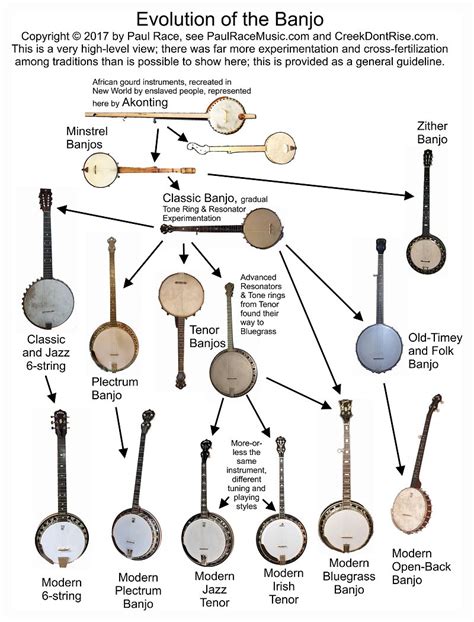Banjo: A Realistic Timeline for Beginners
Learning the banjo, like any instrument, takes time and dedication. There's no magic bullet, but with consistent practice and a smart approach, you can see significant progress. This article provides a realistic timeline for beginners, addressing common questions and offering practical advice. It’s important to remember that progress is individual; some learn faster than others, and that's perfectly okay. Focus on enjoying the journey!
How Long Does it Take to Learn Banjo?
This is the million-dollar question, and the answer isn't a simple number. Many factors influence your learning curve:
- Practice consistency: Daily practice, even for short periods (15-30 minutes), yields far better results than sporadic, long sessions.
- Learning style: Some people grasp concepts quickly, others need more time.
- Teaching method: A good teacher or effective learning resources can significantly accelerate progress.
- Goals: Are you aiming for basic chords and simple songs, or complex bluegrass solos? This drastically impacts the timeline.
Realistically, you can expect to play simple songs and basic chords within 3-6 months of consistent practice. Mastering more advanced techniques like rolls, Scruggs style, or complex melodies will take considerably longer, potentially 1-3 years or more, depending on your dedication and natural aptitude.
What Can I Expect to Learn in the First Month?
In the first month, your focus should be on building a solid foundation:
- Proper posture and hand position: This is crucial to prevent injury and develop good technique.
- Basic chords: Start with easy chords like G, C, D, and Em.
- Simple strumming patterns: Learn basic downstrokes and upstrokes.
- Finger exercises: Develop finger strength and dexterity.
- Tuning your banjo: Learn how to tune your banjo accurately.
What About the First Year?
By the end of your first year, with consistent practice, you should be able to:
- Play several simple songs: Choose songs within your skill level and gradually increase the difficulty.
- Understand basic banjo techniques: This might include simple rolls and basic melodic phrasing.
- Improvise simple melodies: Experiment with creating your own simple melodies within the context of the songs you are learning.
- Read basic banjo tablature: Tablature (tab) is a common notation system for banjo.
How Long Until I Can Play Bluegrass?
Bluegrass banjo, with its fast-paced rolls and intricate melodies, requires significant skill and practice. Don't expect to master it overnight! You'll likely need at least 2-3 years of dedicated practice before you can comfortably play along with bluegrass songs. Even then, continued study and practice will be necessary to develop your own style and fluency.
What are Some Common Challenges Beginners Face?
- Finger strength and dexterity: Building finger strength and dexterity takes time and consistent practice.
- Calluses: Expect to develop calluses on your fingertips. This is normal and a sign that your fingers are getting stronger.
- Maintaining proper posture: Remember to maintain good posture to avoid strain and pain.
- Keeping a consistent rhythm: Practice with a metronome to improve your timing.
How Can I Stay Motivated?
- Set realistic goals: Don't try to learn everything at once. Focus on small, achievable goals.
- Find a banjo buddy: Learning with a friend can provide motivation and support.
- Join a banjo group or class: Playing with others is a great way to stay motivated and improve your skills.
- Listen to banjo music regularly: Immerse yourself in the music to stay inspired.
- Celebrate your progress: Acknowledge your accomplishments along the way.
Remember, learning banjo is a marathon, not a sprint. Enjoy the process, celebrate small victories, and be patient with yourself. With dedication and consistent effort, you'll be well on your way to playing the banjo beautifully.

